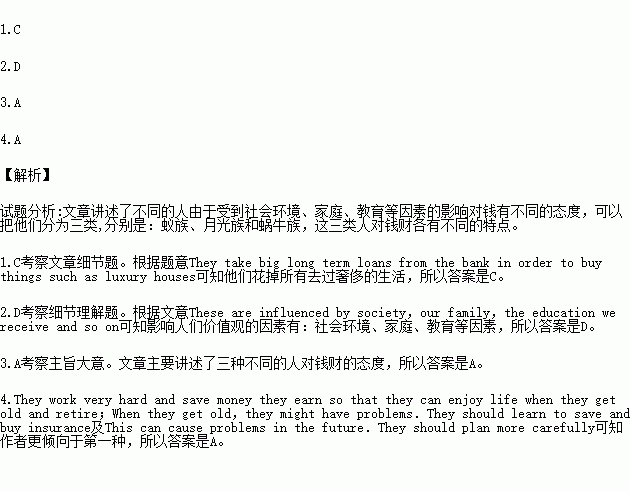Understanding the Differences Between PET Scan vs CT: Which Imaging Technique is Right for You?
#### PET Scan vs CTWhen it comes to medical imaging, two of the most commonly used techniques are Positron Emission Tomography (PET) scans and Computed Tomo……
#### PET Scan vs CT
When it comes to medical imaging, two of the most commonly used techniques are Positron Emission Tomography (PET) scans and Computed Tomography (CT) scans. Both of these imaging modalities serve crucial roles in diagnosing and monitoring various medical conditions, but they operate on different principles and provide different types of information. Understanding the differences between PET scan vs CT can help patients make informed decisions about their healthcare.
#### What is a PET Scan?
A PET scan is a type of nuclear medicine imaging that provides information about the metabolic activity of tissues and organs. During a PET scan, a small amount of radioactive material, known as a radiotracer, is injected into the patient's body. This tracer emits positrons, which are detected by the PET scanner to create images that show how tissues are functioning. PET scans are particularly useful in oncology, as they can help identify cancerous cells that are metabolically active, even before they are visible on other imaging techniques.
#### What is a CT Scan?

On the other hand, a CT scan uses X-rays to create detailed cross-sectional images of the body. During the procedure, the patient lies on a table that moves through a large, doughnut-shaped machine. The CT scanner takes multiple X-ray images from different angles, which are then processed by a computer to produce detailed images of bones, organs, and other soft tissues. CT scans are widely used for diagnosing a variety of conditions, including traumatic injuries, infections, and cancers.
#### Key Differences Between PET Scan vs CT
One of the primary differences between PET scan vs CT is the type of information they provide. While a CT scan offers detailed anatomical images, a PET scan provides functional information about how tissues are working. This means that a PET scan can detect changes at the cellular level, making it a powerful tool for cancer detection and monitoring.
Another significant difference is the preparation and procedure involved. A PET scan usually requires fasting for several hours before the injection of the radiotracer, while a CT scan may require the use of contrast material to enhance the images. Additionally, the duration of the scans can vary; a PET scan typically takes longer than a CT scan due to the time needed for the radiotracer to circulate in the body.

#### When to Use PET Scan vs CT?
The choice between PET scan vs CT often depends on the specific medical condition being investigated. For example, if a doctor is concerned about the presence of cancer, they may recommend a PET scan to assess metabolic activity and identify malignant cells. Conversely, if a patient has sustained an injury or has symptoms of an infection, a CT scan may be more appropriate due to its detailed anatomical imaging capabilities.
In some cases, doctors may use both imaging techniques in conjunction to provide a more comprehensive view of a patient's health. This combined approach can enhance diagnostic accuracy and aid in treatment planning.
#### Conclusion

In summary, understanding the differences between PET scan vs CT is essential for patients navigating their healthcare options. Both imaging modalities offer unique advantages and are valuable tools in the diagnosis and management of various medical conditions. By discussing the specific needs and concerns with a healthcare provider, patients can determine the most appropriate imaging technique for their situation. Whether it's a PET scan for metabolic assessment or a CT scan for detailed anatomical visualization, each method plays a vital role in modern medicine.